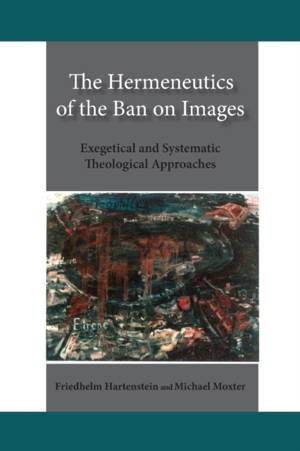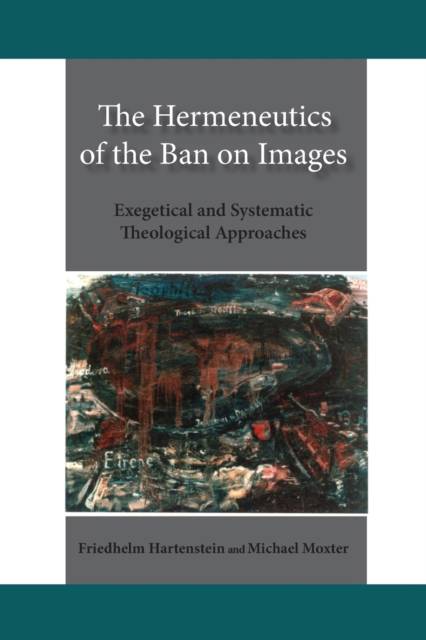
- Retrait gratuit dans votre magasin Club
- 7.000.000 titres dans notre catalogue
- Payer en toute sécurité
- Toujours un magasin près de chez vous
- Retrait gratuit dans votre magasin Club
- 7.000.0000 titres dans notre catalogue
- Payer en toute sécurité
- Toujours un magasin près de chez vous
The Hermeneutics of the Ban on Images
Exegetical and Systematic Theological Approaches
Friedhelm Hartenstein, Michael Moxter
Livre broché | Anglais
73,95 €
+ 147 points
Description
In the history of Judaism and Christianity the biblical ban against images has been a decisive factor in shaping collective identity around opposition to the veneration of images. The biblical ban inspired the iconoclastic controversy in Byzantium as well as iconoclasm during the Protestant Reformation. Even in the present, biblical texts prohibiting images may be easily misunderstood in ways that can lead to religious conflicts and even violence. At the same time, the humanities are experiencing an "iconic turn," a marked attention to the role of images. Recognizing both the potential for misunderstanding the biblical texts and the promise of a more nuanced appreciation of the role of images in human experience, this book constructs a framework for understanding the place of images, and their prohibition, within the biblical text and Christian religious practice. In the form of a dialogue between an Old Testament scholar and a Protestant systematic theologian, the volume explores potential lines of convergence between the rationale behind rejecting visual representations of God and that behind regarding the icon of Christ as a representation of the invisible God. Consideration of Old Testament texts in their cultural context clarifies key distinctions underlying the prohibition of material representations of God, while explaining the central importance of the biblical texts for creating "mental iconography" of God. +
Spécifications
Parties prenantes
- Auteur(s) :
- Editeur:
Contenu
- Nombre de pages :
- 232
- Langue:
- Anglais
Caractéristiques
- EAN:
- 9780809154548
- Date de parution :
- 05-05-20
- Format:
- Livre broché
- Format numérique:
- Trade paperback (VS)
- Dimensions :
- 152 mm x 229 mm
- Poids :
- 399 g

Les avis
Nous publions uniquement les avis qui respectent les conditions requises. Consultez nos conditions pour les avis.






